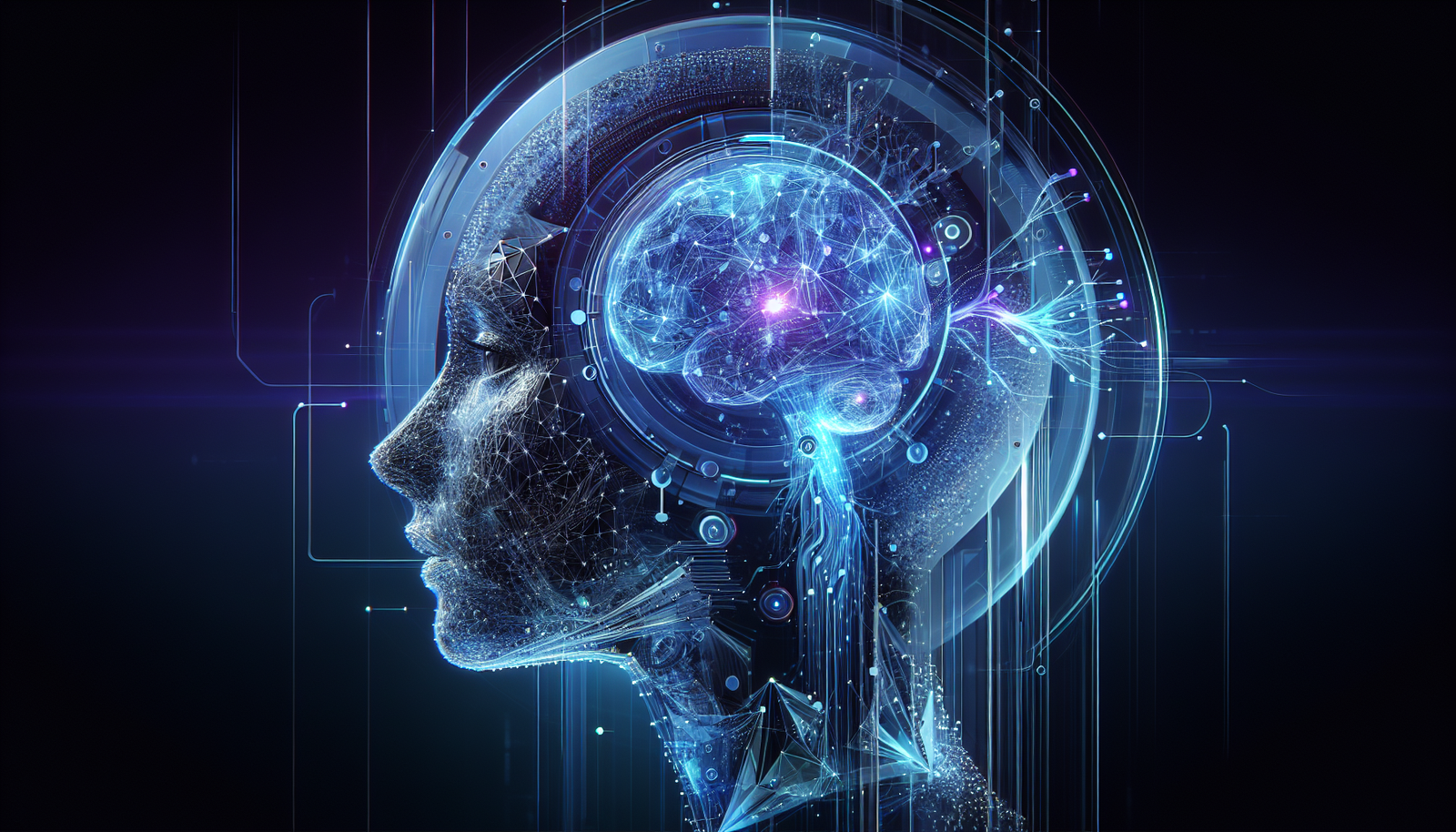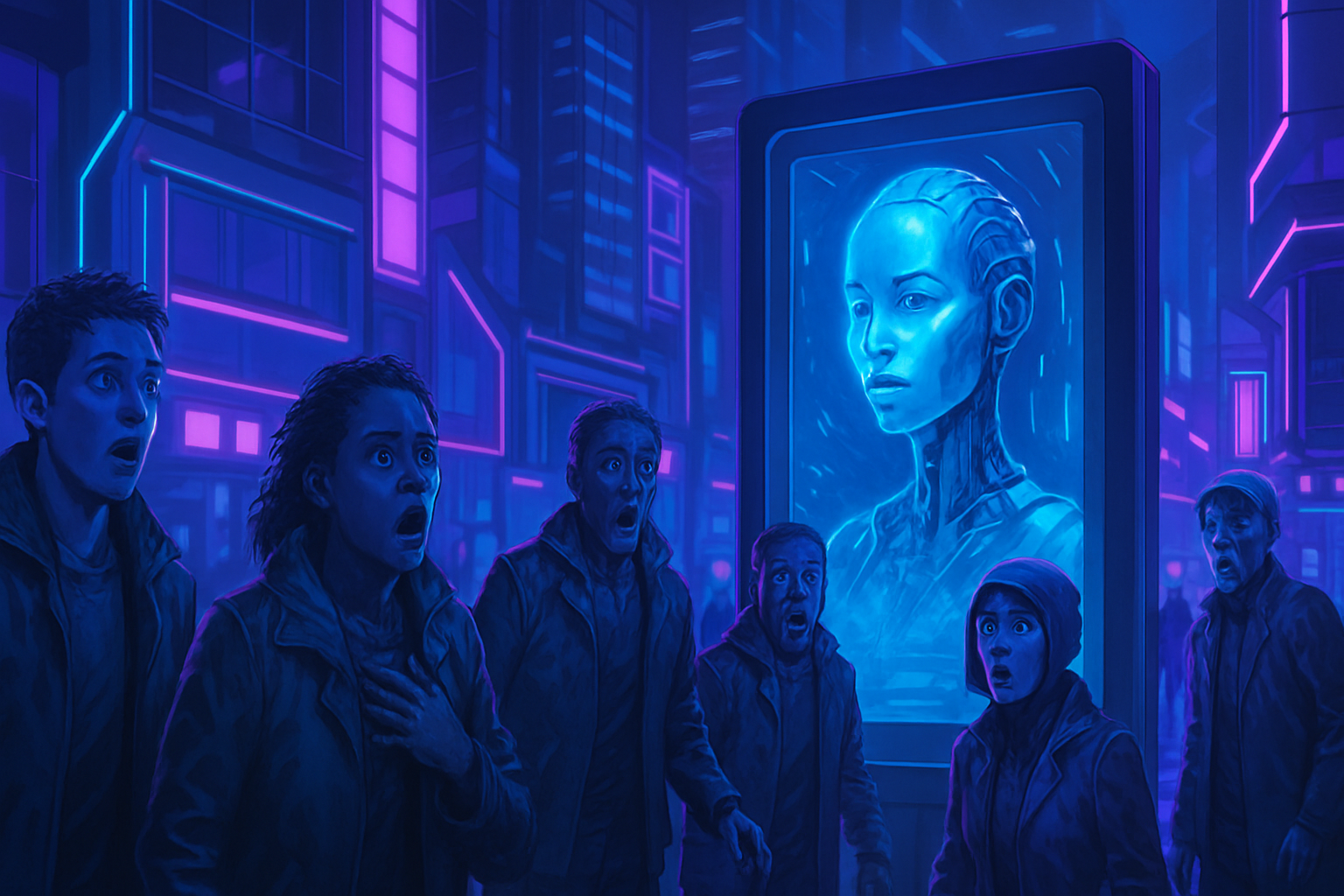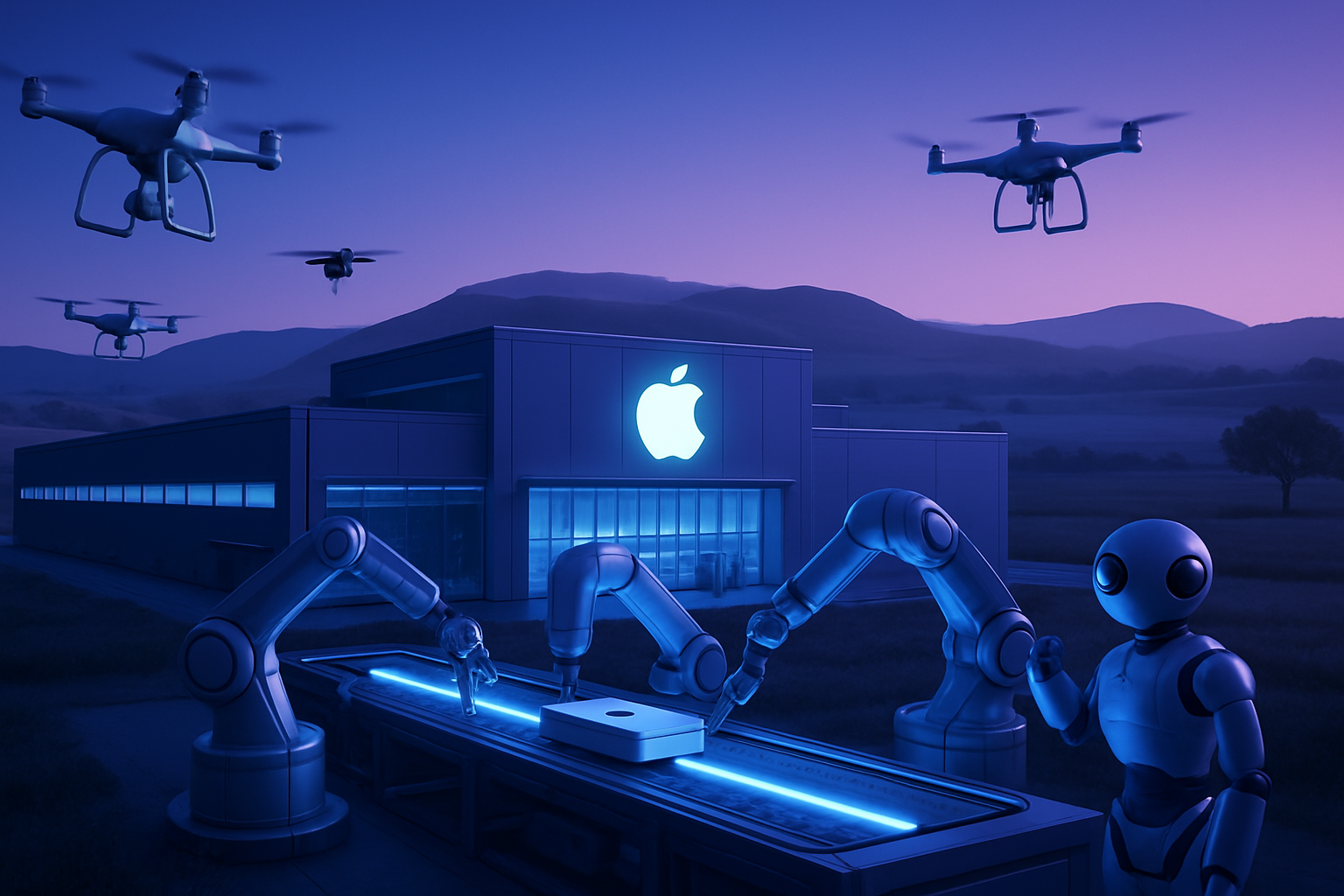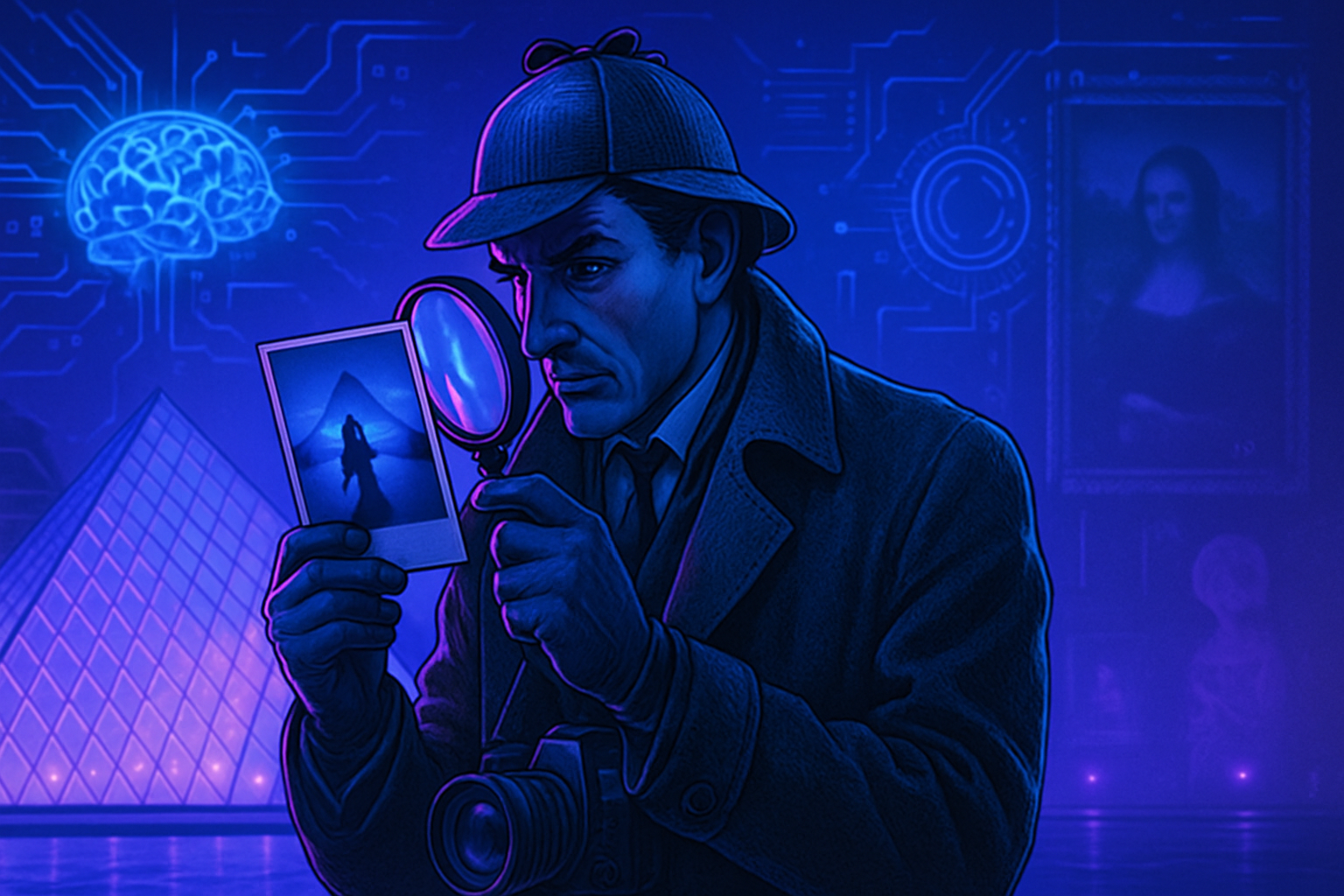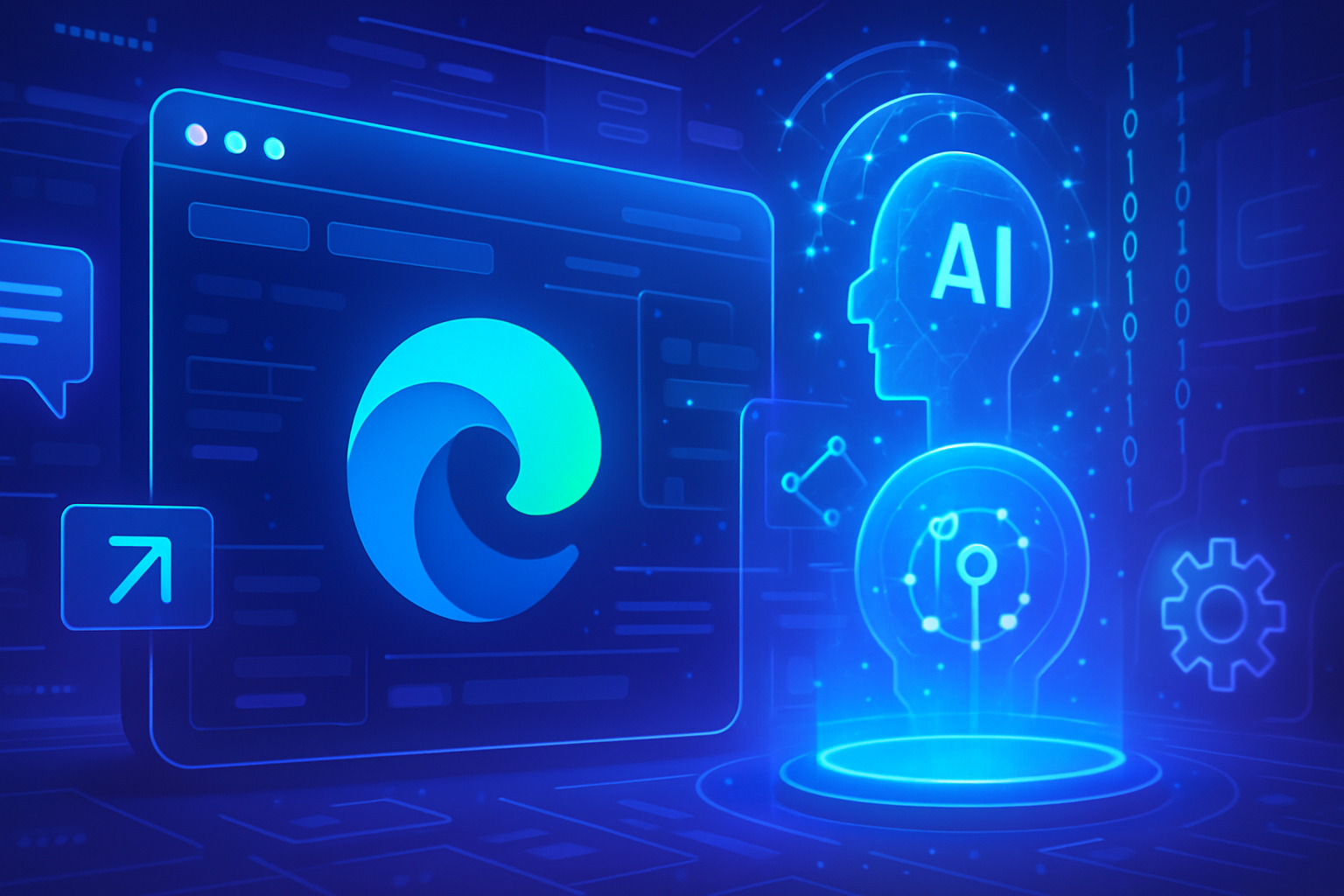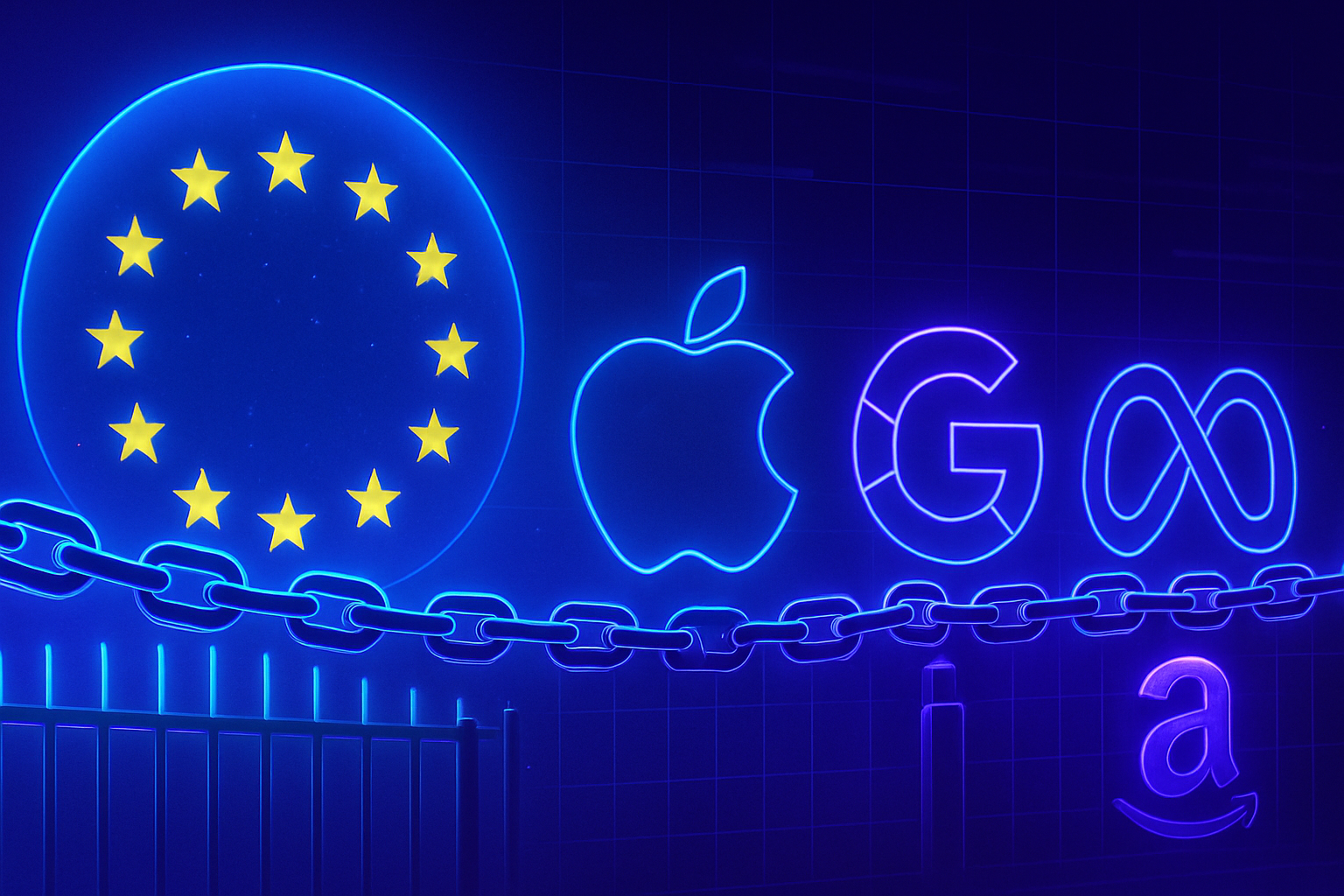Artificial intelligence is revolutionizing our understanding of creativity by challenging our traditional perceptions. A recent study shows that transparency of the process significantly influences our assessment of the creativity of artificial systems. _Elements such as the product, the process, and the creator condition our appreciation._ An essential question arises: to what extent does our subjective perception determine the recognition of human and artificial creativity?
Study on the Creativity of AI Systems
A recent study conducted by researchers from Aalto University and the University of Helsinki sheds light on individuals’ perception of robot creativity. Participants were initially asked to evaluate still life drawings created by robots, presented as being powered by artificial intelligence.
In reality, the robots had simply been programmed to reproduce artworks commissioned from a real artist, thus allowing researchers to measure perception without variations due to the actual creativity of the robots. This approach aimed to investigate whether increased visibility of the creative process influences observers’ judgments.
Revealing Creative Processes
Participants then observed not only the final product but also a video of the drawing process. By visualizing the lines appearing on the paper, without seeing the robot in action, judgments of creativity began to evolve. The results show that perceived creativity increases when more elements of the creative process are revealed.
Christian Guckelsberger, associate professor in creative technologies at Aalto, stated: “The more people see the process, the more they judge the work as creative.” This suggests that the perception of the process in a work of art plays a pivotal role in evaluating its creativity.
Implications for Designing Creative AIs
The results raise questions about how artificial intelligence systems should be designed. The research suggests that revealing the process and the producer could foster better acceptance of the systems by the public. However, if elements are added solely to make the systems appear more creative, the authenticity of this creativity may be called into question.
This dilemma leads to reflections on user engagement with these co-creative systems. Increased transparency could enhance interest and connection with AI, but it could also mislead regarding the true creativity of these systems.
Bias and Human Perception
The research highlights human biases that influence our judgment. Greater transparency in the design of the systems would allow users to better understand how perception evolves. Cognitive biases affect the evaluation of creative systems. This underscores the need for critical reflection in the analysis of works created by AI.
Impact of Robot Design on Perceived Creativity
The researchers also explored whether the form of the robots influenced creativity scores. Experiments were conducted with two distinct robot designs. A sleek-looking robot was compared to a more mechanical robot. The goal was to determine if aesthetics affected the perception of creativity.
Since the drawings had to remain constant from one robot to another, significant efforts were made to ensure scientific rigor of the trials. Surprisingly, the results revealed that there was no significant difference in perceived creativity between the two types of robots.
Perspectives for Future Research
The authors of the study wish to further explore this counterintuitive finding. Further studies will focus on the biases that influence our assessment of creative AI systems. Their results need to be validated across other artistic genres and modes of creative expression. Understanding the variables that shape our perception is essential in designing intelligent systems.
As these technologies spread, examining how creativity is recognized both in humans and machines could provide fascinating avenues for scientific progress.
For more information on the impact of intelligent computers, check out this article on technological evolution here. The legal implications of creativity attributed to AI are also worth following, including lawsuits in France related to copyright infringement, which you can find here.
To enrich your engagement with artificial intelligence, an excellent AI prompt generator is available here. Moreover, the question of creative theft and protection of works is more relevant than ever. British prime ministers are fighting against this threat, a problem you can explore here.
The transformation of sectors such as engineering and construction, driven by advancements in data, is also in full swing. An article on this topic offers a deeper analysis here.
Questions and Answers about Artificial Intelligence and Creativity
How do people evaluate the creativity of artificial intelligence systems?
Studies show that individuals judge the creativity of AI systems based on the transparency of the creative process, i.e., whether they can observe the path and steps of creation.
Does the form of a robot influence our perception of its creativity?
Research has shown that there was no significant difference in the perception of creativity based on the form of the robot, although previous studies suggested a potential link.
Why is the transparency of the process important for judging AI creativity?
Transparency allows observers to better understand how a product was created, which can positively influence their evaluation of creativity. The more they see the process, the more they can consider it creative.
Do the study’s results apply to the evaluation of human creativity?
It is possible that the principles identified in evaluating the creativity of AI systems may also apply to how we perceive creativity in humans, although further research is needed to confirm this.
What are the challenges of measuring the creativity of robots?
The difficulties mainly lie in standardizing the drawings and maintaining rigorous experimental conditions to obtain reliable and comparable results.
How can AI designers improve the creative perception of their systems?
Designers should focus on clearly revealing the creative process and the creative agent to foster a positive perception of AI creativity while avoiding embellishments that could mislead.
What implications do these studies have for the future development of creative AI?
The results indicate that presentation and perception play a crucial role in evaluating AI creativity, which should influence future research directions and design choices.
How do human biases affect our judgment of AI creativity?
Our biases may lead us to judge creativity based on subjective perceptions distant from the reality of AI system functioning, highlighting the importance of transparency in design.
